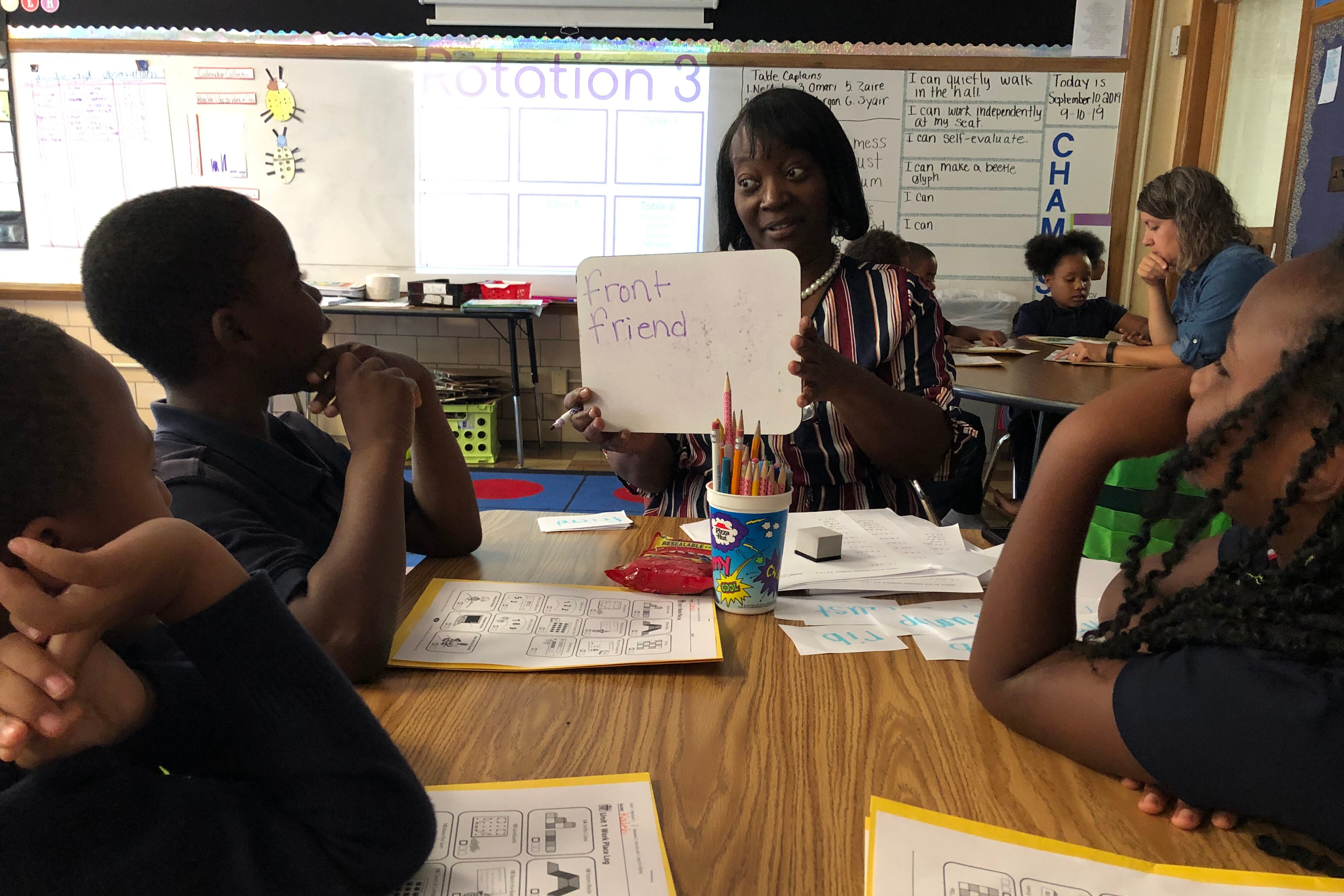Shortly after Michigan schools closed in a bid to limit the spread of the coronavirus, National Heritage Academies began shipping laptops to students who lacked the devices necessary to complete assignments from home.
Tens of thousands went out, said Nick Sheltrown, chief learning officer for the charter school network. By tapping its reserves, NHA plans to purchase enough by this fall to provide all of its 64,000 students with devices.
“It’s something we were planning on doing in 2021-2022, but we moved the timeline up,” Sheltrown said in an interview earlier this month. “We’re trying to design ostensibly a true ‘brick to click’ strategy, where if we need to transition to face-to-face or hybrid instruction, we’re able to do so with curricular continuity.”

Lessons that work equally well in-person and in cyber space will be especially crucial for the network this fall. In a letter to parents earlier this month, the network wrote that it is planning for the possibilities of in-person learning, learning from home, or a hybrid model where students spend some time learning in classrooms and some learning online.
Education leaders and policymakers across the country are preparing for a return to school that is still veiled in uncertainty. More than three months into the pandemic, coronavirus cases are on the rise in Michigan.
NHA’s plans for the fall and beyond carry particular weight because it is one of the largest for-profit charter operators in the U.S. with more than 80 schools, most of them in Michigan.
Other heavyweights in Michigan education policy have rolled out plans or will do so soon: the Republican legislature, the state’s largest teachers union, and Gov. Gretchen Whitmer, who created a task force to study education during the pandemic.
We spoke with Sheltrown about what the coming year could hold, and how NHA plans to help the many students who have fallen behind while classrooms are closed. Our conversation has been condensed and edited for clarity.
Can you talk about the costs for NHA of adjusting to COVID-19?
Your cost basis is going up, because you’re essentially designing a learning experience both virtually and face-to-face. You’re essentially accepting two cost bases, but your funding is going to go down.
We’ve already spent significant resources to ship out 162,000 learning packets that we designed to students. We’ve purchased tens of thousands of Probooks [laptops] for students.
How much learning have your students lost during the shutdown?
The most robust way to estimate learning loss is to use standardized assessments, which are difficult to administer remotely. Our first systematic look at learning loss will likely come here in the fall. We use NWEA MAP [a standardized exam], and that will give us a sense of where the students are at in the beginning of the school year.
Many students will have fallen behind — or further behind, in some cases. What can you do about that?
One of our strategies is to review some of the content that we tried to cover remotely with students. But we need to take a somewhat long term view of this. I don’t know that it’s realistic to think that we can catch students up over a matter of a week or two at the beginning of a school year.
What we’re looking at is how do we extend the learning opportunities for students so we can catch them up. We’re talking about our summer learning strategy for 2021. How do we make that far more robust?
For some students who had particularly robust at home experiences, learning loss may be pretty limited. For other students it may be much larger. So we’re devising strategies for extending the school day and throughout the summer.
Will students be required to attend extra classes during the summer and virtually during non-school hours?
That’s what we’re trying to determine as a system.
COVID-19 has accelerated our thinking on this. We developed robust learning videos that we used our content experts to film, then we sent them out to all of our third-grade teachers, to allow them to use that with their students
If we’re developing a lot of digital assets to support teaching and learning in a remote context, there’s nothing to stop us from continuing to develop those and use those throughout normal operations.
I’m not ready to say that we’d be requiring these out of school, but we’ll be having candid conversations with parents about the learning needs of their students and really encouraging and promoting learning throughout the calendar year.






